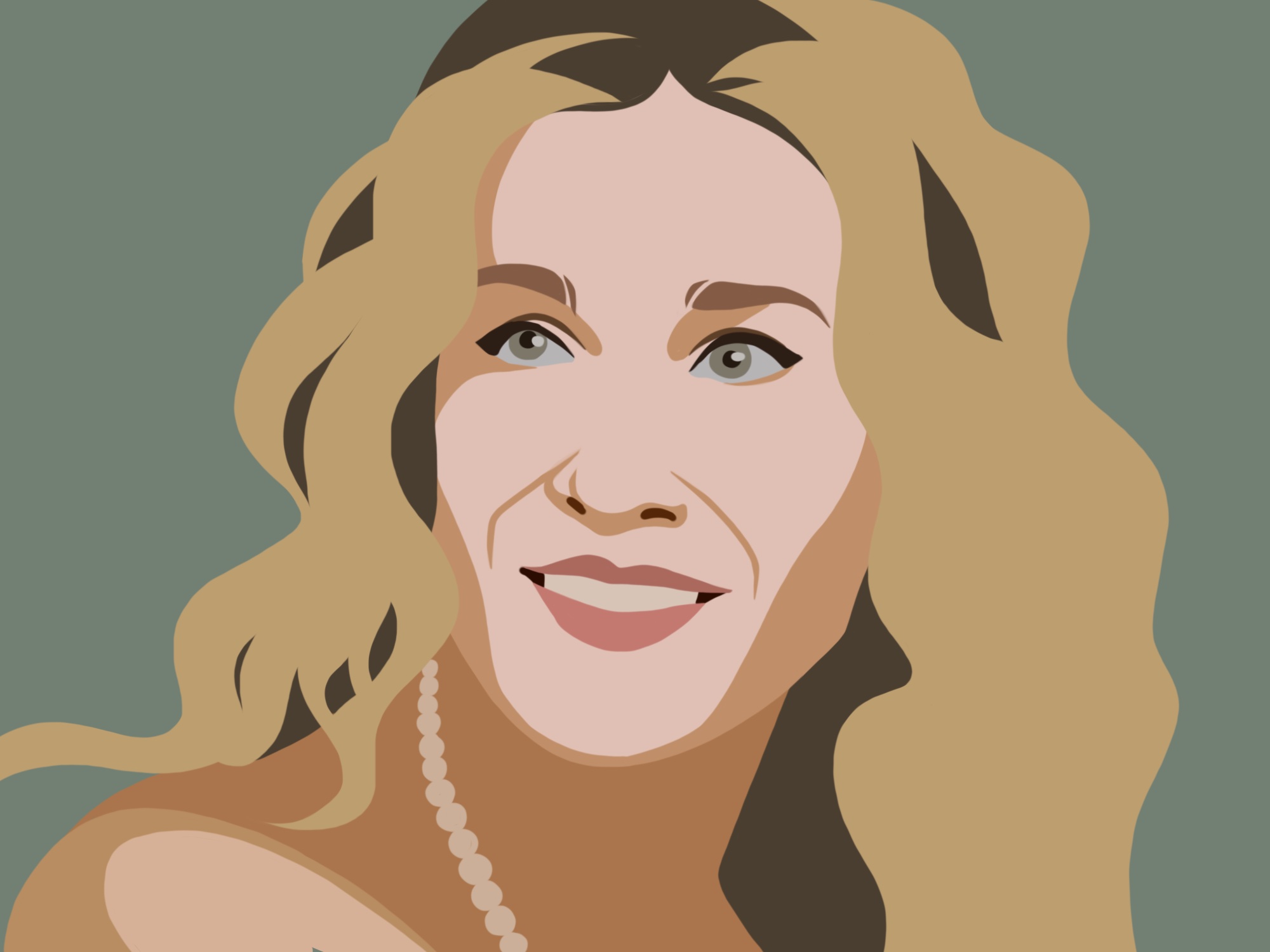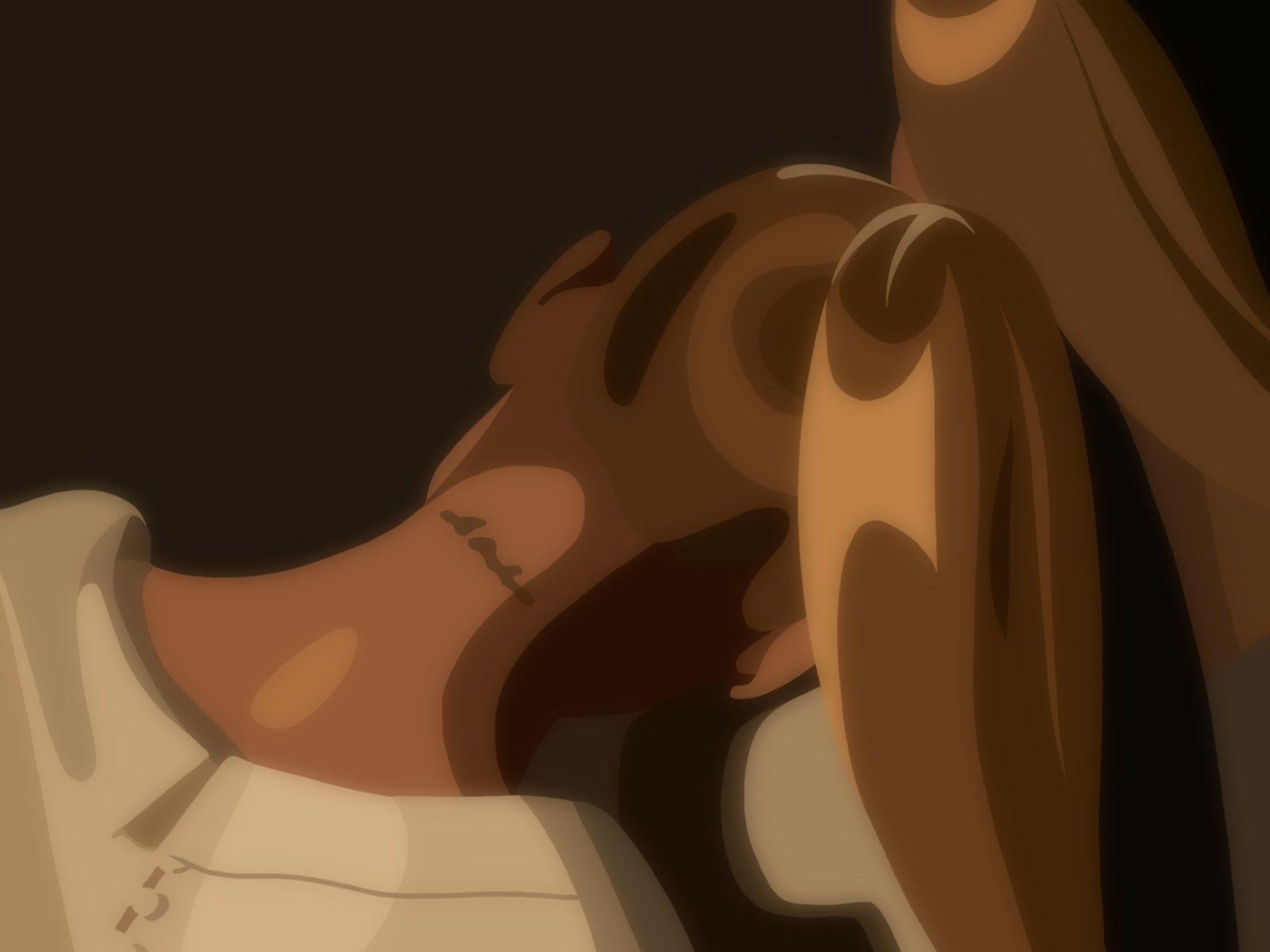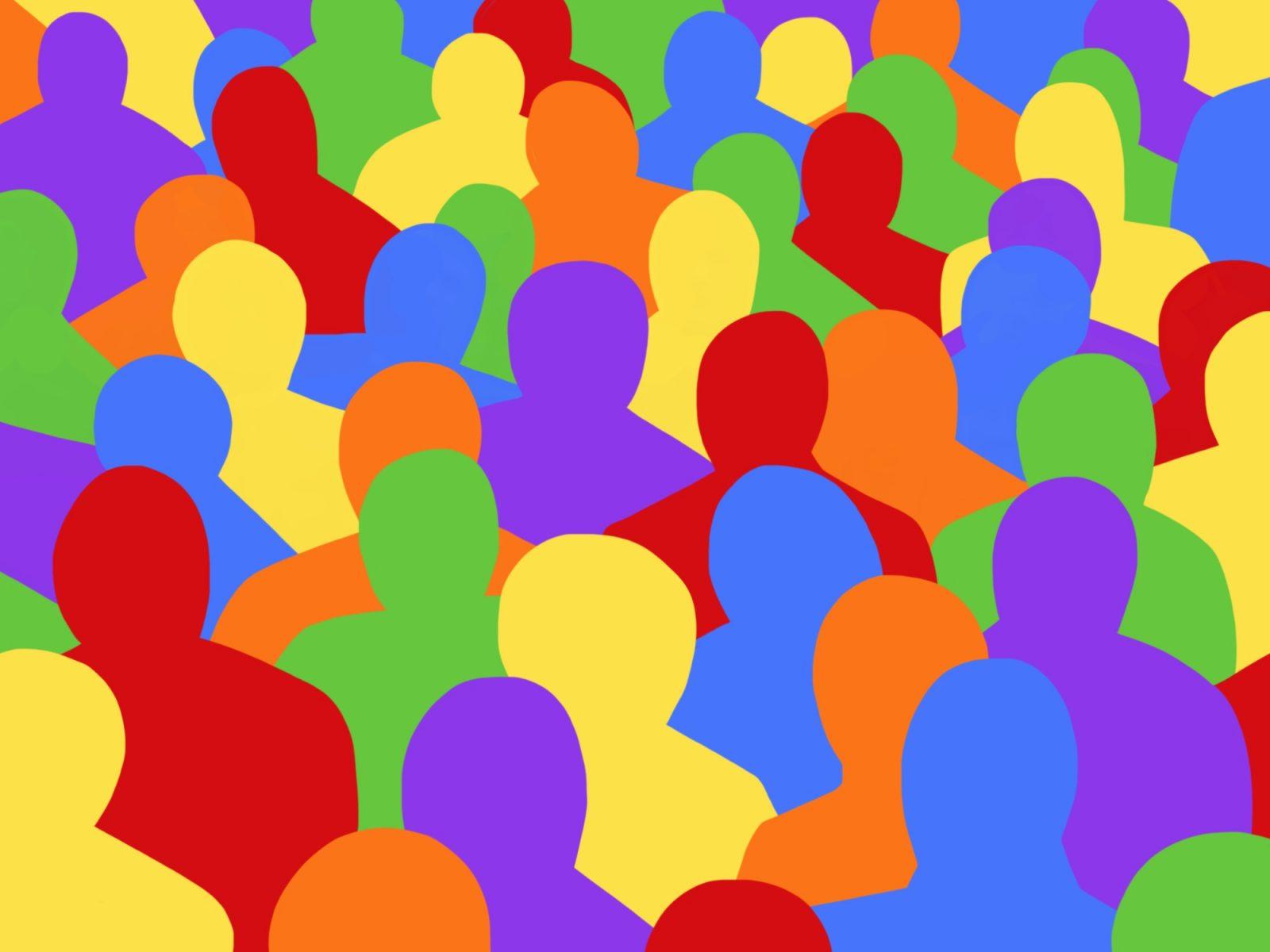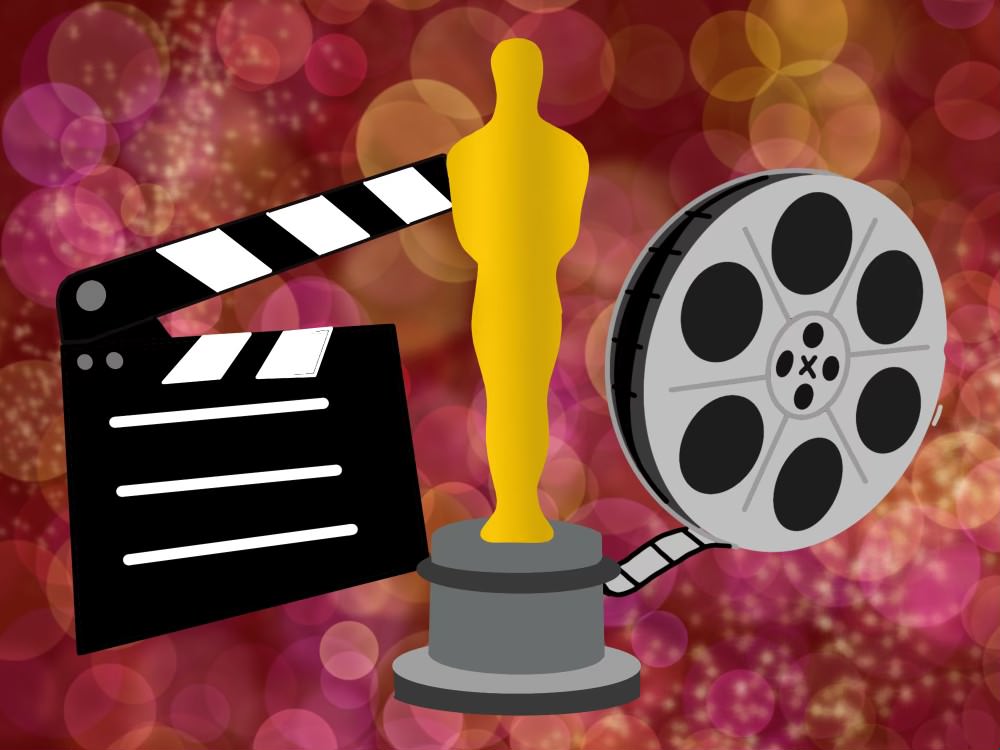Throughout my college career, I have found a personal connection to my writing and desire to pursue journalism as a career.
While I owe my initial inspiration to pursue journalism to cultural figures like Rory Gilmore or the dedicated reporters in the 2015 film “Spotlight,” neither of these pieces of media truly portrayed the exact type of career I hoped for.

That being said, I am in the midst of what should be considered a cultural rite of passage for women in their 20s: watching the 1998 HBO hit “Sex and the City.” I had heard the main character, Carrie Bradshaw — a Manhattan writer who lives in a larger-than-expected apartment and has a vice for designer shoes — but I had yet to see her in action.
While I watched the first two seasons, I found myself yearning for pieces of her life, like the opportunity to publish opinions and advice to read each Wednesday — although if you’re a devoted reader of this column, you know a few more details about me than the average stranger.
I can acknowledge that 1998 is a different time — there’s no smoking inside restaurants, New Yorkers are paying more for rent than ever and news outlets aren’t flush with money to pay their writers well enough to afford that pricey New York City rent.
However fictionalized Carrie’s world may seem, there is an undercurrent of true experiences from a female writer who writes about being single in one of the great American cities. It’s a life that I aspire to — in some ways, she is by no means a perfect character — but fear is out of reach in the modern era.
As I sat in front of the TV, I wondered: Have we saturated the market for “cultural critics” in the social media age?
In an era where anyone can write on a Substack, make a Patreon or create content on social media, anyone can comment on cultural happenings and events.
One doesn’t even need the fictional “New York Star” or other publication as a platform these days. Patreon and Substack are two popular platforms for indie and freelance writers to easily share their work for free — or for a monthly subscription fee.
And just like that, thousands of people flood the digital market of ideas with their thoughts on what’s in and out in terms of media, fashion and social trends. Where there used to be just a few bloggers and the ever-popular Dear Abby format, now anyone is able to give their two cents to much larger audiences than Carrie Bradshaw could ever dream of.
We have diluted the importance of voices to help guide us because almost anyone with an internet connection can share their own thoughts and opinions. It is harder to decide who to listen to when there are dozens of voices with contrasting views.
However, this influx of taste-makers allows for more diverse perspectives and widens the cultural lens of what can be deemed hot and current.
Carrie Bradshaw never explicitly explored matters of popular culture, but she tackled a lot of topics bigger than her social and sexual rendezvous. Conversations like how to handle dating a bisexual man were very of the time, while debating whether to make decisions with your head or your heart is evergreen.
There will never be another carbon copy of the New York icon that is Carrie Bradshaw, but the online age gives more people the chance to express their unique viewpoints in our ever-changing society.
Being an opinion columnist has been one of my favorite outlets throughout my college career because I am an opinionated person and love to share my experiences.
Carrie Bradshaw has her enduring expertise on dating in your 30s, and I hope to one day be able to exert a similar level of tastemaking and influence.


























































































































